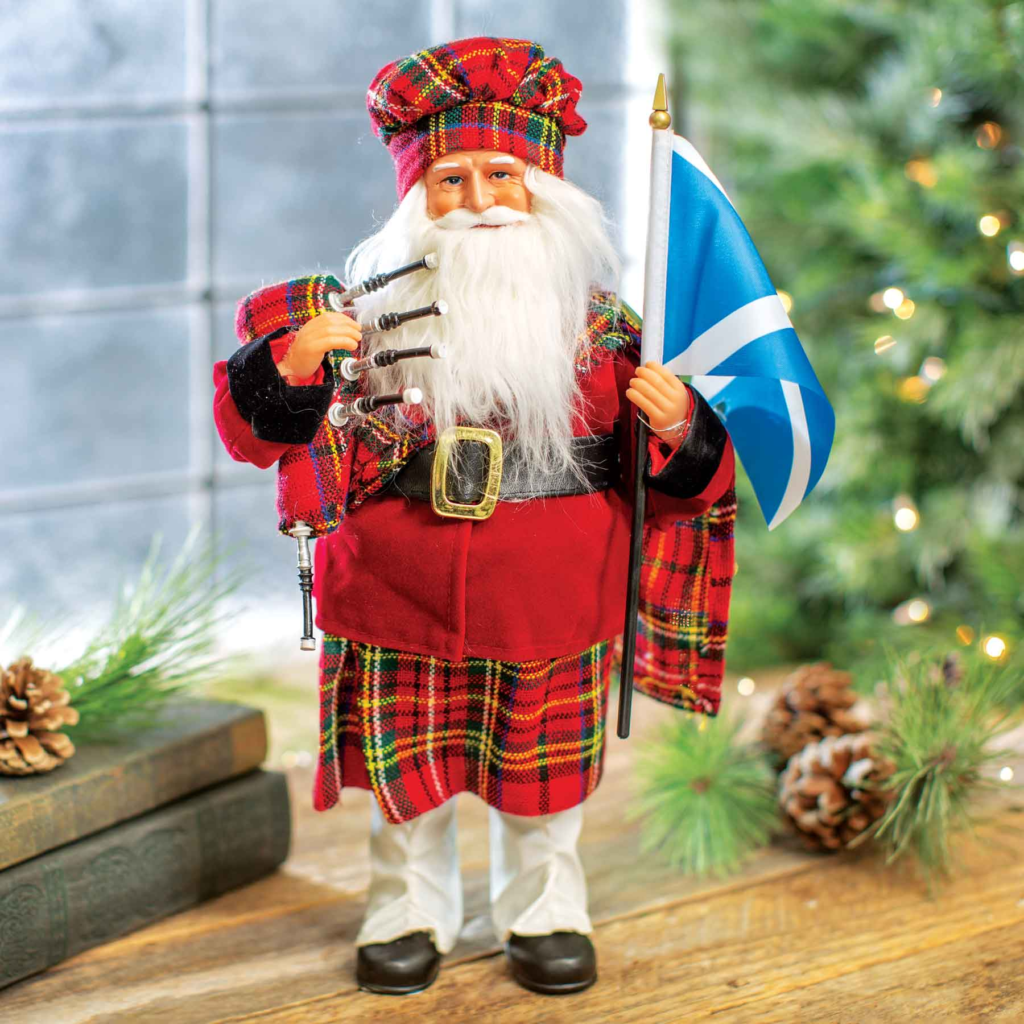By Catherine McKinley
Mistletoe
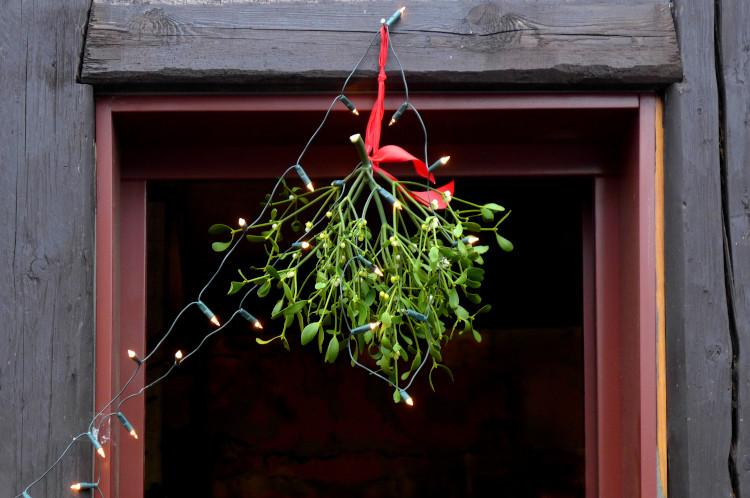
In the Celtic times, druids observed the festival of “Alban Arthan” (also known as “Yule”) during the Winter solstice. In Norse mythology, mistletoe was a symbol of love so the tradition of kissing under mistletoe was born. And, it’s been a part of Christmas tradition ever since.
Yule Log
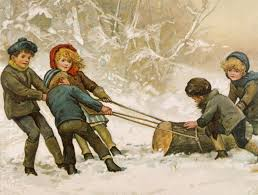
The Celts were distressed when the Sun didn’t stay in the sky as long as it had during the Summer. So, during Yuletide, a community bonfire was held; each family would bring a log to add to the large fire. The Celts believed that the Sun actually stood still between December 19-30. They hoped that a flickering, burning fire for these twelve days would persuade the Sun to move again and force the days to be longer.
Christmas
The term “Christmas” actually comes from the phrase “Mass of Christ.” When Christianity began to compete with, and later overtake, paganism, it was decided to merge the two. For example, the Scottish Holiday of Hogmanay has roots in the pagan Viking celebration of the Winter Solstice. In the 16th Century Scottish Reformation, Hogmanay solidified itself in Scottish culture.
Candles in the Window

During the 1660s and 1670s, a series of penal laws were enacted which persecuted both Catholics and members of non-conformist groups. These laws unleashed a period of violent religious disturbances across England, Scotland, and Wales.
During these “Penal Times,” a candle in the window indicated a safe place for priests to say Mass. The candle, also, still symbolizes a welcome greeting to the Blessed Virgin and Joseph as they traveled through Bethlehem looking for shelter. In Scotland, the candles are seen as a way to guide the Holy Family into their homes.
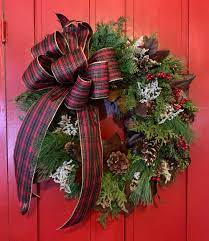
Wreaths
A ring of pine branches and/or holly is displayed on doors of houses throughout the world. However, this tradition originated in the Celtic Regions. Both pine trees and holly bushes flourished at the time, so even the poor could afford to decorate with them. Traditionally, all decorations were taken down on January 6 and it was considered bad luck to remove any decorations before that date.
The Scottish Christmas Monster
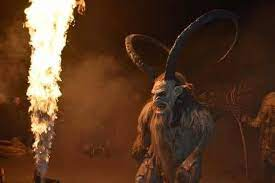
No, it’s not Nessie. On the Inner Hebridean Isle of Islay, it was thought there was a creature very similar to Europe’s “Krampus.” Prior to Christmas, children were warned to behave or “Crom Dubh na Nollaig” (translated to the Dark Crooked One of Christmas) might pay them a visit.
I’m sure they’d rather it be Santa Claus who stops by.
